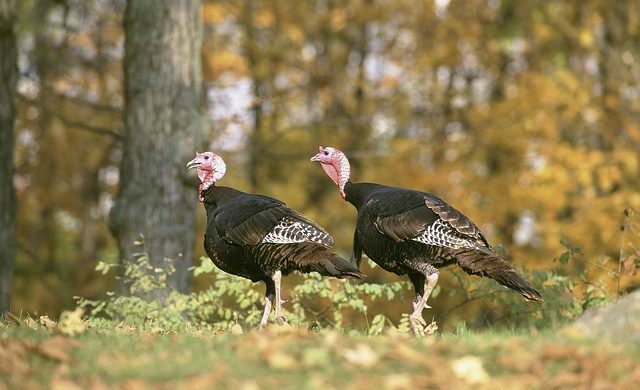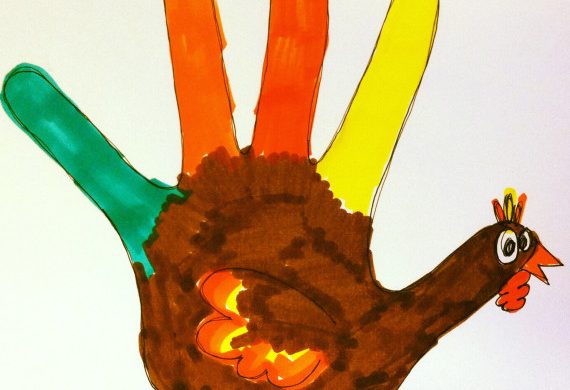This All-American bird does not bench press 400 pounds per se, but its gizzard can crush a hard seed requiring 400 pounds of pressure to crack. Read on, good citizen, and un-learn a few things about this noble bird.
Nature
Legendary but Misrepresented Bird Bench Presses 400 Pounds!
What you have been told is not true!

Photo: Smithsonian Magazine
What you have thought all these years, that Benjamin Franklin wanted the turkey as the national bird and centerpiece of the Great Seal of the United States of America, is not true. According to the Smithsonian Magazine, the story may have come from an article in the New Yorker in 1962. In a letter to his daughter, unhappy with the selection of an eagle for the national seal, Benjamin Franklin said,
“I am on this account not displeased that the Figure is not known as a Bald Eagle, but looks more like a Turkey. For the Truth the Turkey is in Comparison a much more respectable Bird, and withal a true original Native of America… He is besides, though a little vain & silly, a Bird of Courage, and would not hesitate to attack a Grenadier of the British Guards who should presume to invade his Farm Yard with a red Coat on.“
Turkeys are a common sight in the Hill Country

Photo: pixabay.com
Meleagris gallopavo are found throughout Texas. Their large size makes them easy to see, and at dawn may often be found walking the streets of Fredericksburg near Barons Creek in rafters of twenty to thirty birds. They eat insects, spiders, seeds, acorns, and even snakes and lizards.
Turkeys are a part of our national identity

Turkeys are deeply established in our culture. They are so named because in the old world it was thought the birds were imported to Europe from Turkey. In Texas we have primarily Rio Grande turkey and the eastern turkey. In the Davis Mountains of far west Texas there is a variety called Merriam’s turkey. You can tell a male turkey by the snood over his beak and by large red bulbous caruncles on the neck (on a female they are small and pink). Texas Parks and Wildlife has lots of information on wild turkeys.



